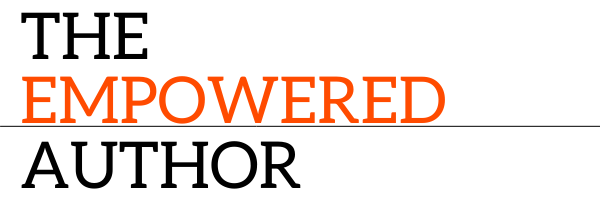Your author newsletter - a great alternative using Substack
1. Tell us about Substack
Substack makes it simple for a writer to start a paid newsletter. But “newsletter” doesn’t quite capture it on its own. With Substack, you also get a website with a homepage and archives, the ability to host and distribute podcasts, and community discussion threads. On a post by post basis, you can choose to publish content that’s available free for everyone, or only for paying subscribers. We launched the first publication in October 2017 and the top writers are already making hundreds of thousands of dollars a year. There are more than 50,000 paying subscribers across the Substack network.
2. In what ways can author use it? (A few real-life examples would be great).
Writers are using Substack for a range of purposes, from maintaining a mailing list that allows them to communicate directly with their readers to running a professional publishing business. In the former camp, there are authors such as Anne Helen Petersen and Sarah Weinman, while others like Daniel Ortbergand Matt Taibbi publish original material and charge for subscriptions.
3. Are there certain authors that you think Substack would work best for?
Substack is good for any author. A mailing list is the best asset an author can have because it provides a direct connection to the readers who care most about the author’s work, unmediated by any algorithm or publisher. That’s good not only for deepening their existing relationships and building community, but also for growing their reach. These things are important when it comes to selling a book to a publisher and then stoking pre-orders. However, authors can also use Substack to workshop material, get feedback, publish stuff that wouldn’t otherwise fit into a book, or actually serialize books, as Matt Taibbiand Alex Dancohave been doing. One day, I think authors will earn more income from their substacks than they do from any other writing activity.
4. Explain to us how the payment model works.
Authors can set up their newsletters to be either completely free, or to have an option for paid subscriptions. For the paid subscriptions, Substack sets a minimum of $5/month or $30/year, but it's up to you what price you set above that minimum. To enable payments, you just connect to Stripe when setting up your Substack account. Substack then takes 10% of subscription revenue, and Stripe takes 2.9% plus 30 cents a transaction for credit card fees. The rest is yours.
5. If my authors were to set up a Substack newsletter, what tips would you give them to encourage paid-for subscribers?
They should first set up a Substack account and just start publishing without overthinking it. Keep everything free for a while – up to three months, if possible – but tell people there’ll be a day when you’ll introduce paid subscriptions. Keep reminding them of that paid-launch date as you go along.
The top money-makers on Substack publish multiple times a week and regularly post high-quality free content. That free content is the best demonstration of the writer’s worldview, voice, and quality of thought, so it’s fundamental to the success of the overall operation. That’s the stuff that will attract readers. The posts that are only for paying subscribers can be more frequent and more conversational. Those ones are for your “insiders,” the people who want to feel like they’re part of your special club. A good mix is one free post and three subscriber-only posts a week. (We’ve compiled more advice on how to make money with Substack in this blog post.)
6. What additional services/features do you anticipate adding to Substack?
It’s too early to make any promises, but we’re really interested in helping writers find readers, and helping readers discover writers. We’re also interested in video, as well as other growth tools, like referrals, cross-promotions, and free trials.
7. How do my authors get started?
They can sign up at https://substack.com/signupand read our resources for publishers: https://on.substack.com/p/substack-resources-for-publishers.
It’s also worth checking out these author-related substacks:
Book Post, by Ann Kjellberg
Agents and Books, by Kate McKean
Publishing Is Hard, by DongWon Song
On the Books, by Margot Atwell
Manuscript Works, by Laura Portwood-Stacer
Ask an Author, by Anonymous


